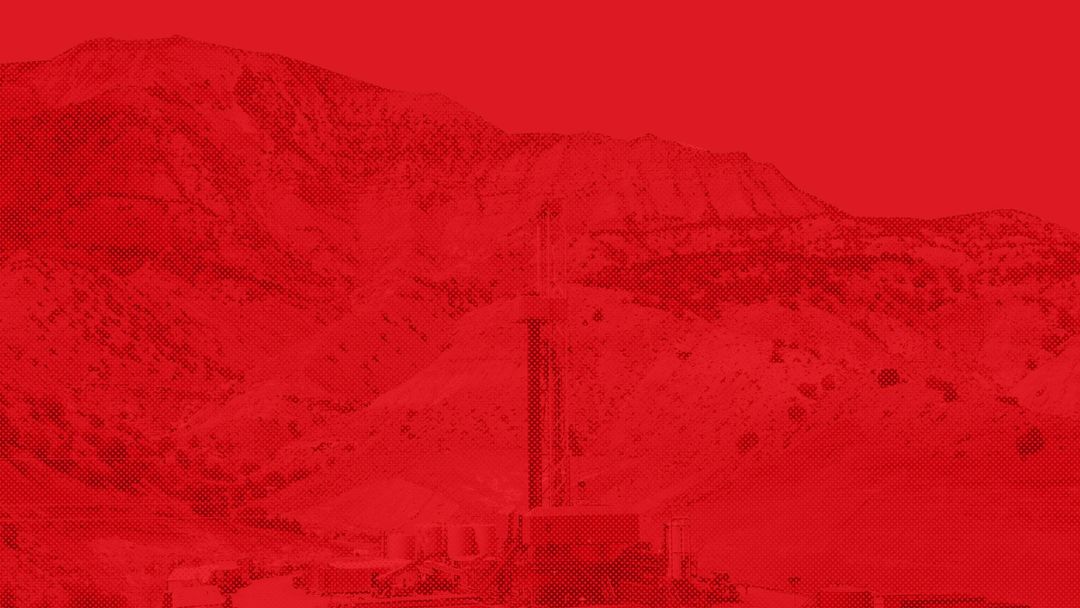DECEMBER 2022 REPORT
Carlyle’s Upstream Investments at Risk from the Energy Transition
Report finds The Carlyle Group — one of the world’s largest private equity firms — has invested in companies unlikely to be economically viable in a low-carbon world.

Report finds Carlyle’s portfolio has been relatively more exposed to transition risk than almost all of the oil majors. Its net-zero target for its portfolio companies is not aligned with the goals of the Paris Agreement, highlighting increased risk for investors and the need for stronger transition planning.
The report is written by analysts at the Carbon Tracker Initiative, with editing and research support provided by the Private Equity Stakeholder Project and Global Energy Monitor.
“Carlyle and their investors appear to be banking on climate failure.” – Maeve O’Connor, Associate Analyst at CTI
“Carlyle’s carbon intensive transaction history should set alarm bells ringing for both their investors and the general public,” said Maeve O’Connor, Associate Analyst at CTI and primary author of the report. “By funding oil and gas companies whose businesses may only be viable in a high fossil fuel-demand world, Carlyle and their investors appear to be banking on climate failure. We urge investors to push Carlyle to recalibrate their investment strategies to face the realities of the energy transition.”

The private equity giant’s investment strategy risks serious future losses for investors.
Its ‘net zero’ target for portfolio companies not aligned with the goals of the Paris Agreement.
Key findings
• Carlyle’s portfolio has been relatively more exposed to transition risk than almost all of the oil majors. A significant portion of the capex that Carlyle’s portfolio companies have earmarked for future projects is only compatible with a slower transition, and higher temperature (2.5°C) scenario.
• Carlyle subsidiary NGP Energy Capital’s transition risk profile is not much better, with less than 30% of its portfolio companies’ potential project options falling within a low-carbon, 1.65°C world.
• None of Carlyle nor NGP’s investments have been fully aligned with the Paris Agreement. This should be particularly concerning for investors who are concerned about the climate alignment of their own investments.
• Almost all Carlyle and NGP portfolio companies analysed would see oil and gas production volumes fall if they were to become aligned with the Net Zero Emissions (1.5°C) scenario. But company capex plans betray companies’ intentions to continue expanding production despite the IEA’s call for ‘no new projects’ for 1.5°C.
• Carlyle’s ‘net zero’ target for its portfolio companies is not aligned with the goals of the Paris Agreement as it does not cover Scope 3 emissions and excludes its minority investments.
• Investors should push Carlyle and NGP for stronger transition planning supported by Paris-aligned climate targets. These should be accompanied by disclosures of the emissions embedded within their portfolios, as well as the emissions intensity of their operations.
Without their investors, firms like Carlyle and NGP would starve of funding.
As such, investors have a crucial role to play in driving change in private equity’s behavior: it is imperative for Carlyle and NGP to get serious about their fossil fuel habits and investors should push for stronger transition planning, portfolio carbon intensity disclosures, and more transparency around climate targets.


This report was written by analysts at the Carbon Tracker Initiative, with editing and research support provided by the Private Equity Stakeholder Project and Global Energy Monitor.
About Carbon Tracker
The Carbon Tracker Initiative is a team of financial specialists making climate risk real in today’s capital markets. Our research to date on unburnable carbon and stranded assets has started a new debate on how to align the financial system in the transition to a low carbon economy. Follow Carbon Tracker at carbontracker.org and on Twitter @CarbonBubble.
About the Private Equity Stakeholder Project
The Private Equity Stakeholder Project is a nonprofit organisation with a mission to engage, empower, and connect stakeholders affected by private equity with investors and other key decision makers to ensure the risks associated with private equity investments are mitigated. Follow PESP at pestakeholder.org and on Twitter @PEstakeholder.
About Global Energy Monitor
Global Energy Monitor (GEM) develops and shares open-source information on energy projects in support of the worldwide movement for clean energy. Current projects include the Global Gas Infrastructure Tracker, Asia Gas Tracker, Europe Gas Tracker, Inside Gas Newsletter, Global Gas Plant Tracker, Global Registry of Fossil Fuels, Global Coal Plant Tracker, Global Solar Power Tracker, Global Wind Power Tracker, Latin America Energy Portal, and GEM.wiki. Follow GEM at globalenergymonitor.org and on Twitter @GlobalEnergyMon.

